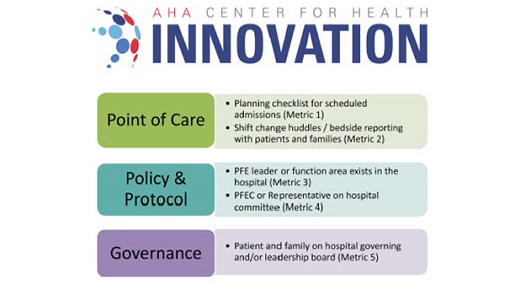Pressure Ulcers Summary:
What Are They?
A pressure ulcer or bedsore is an injury to the skin or underlying tissue usually over a bony protruding area of the body. Pressure ulcers can range in severity from minor skin reddening to deep wounds. Factors that cause pressure ulcers are unrelieved pressure on the skin, or slight rubbing or friction on the skin.
Who's At Risk?
Patient risk factors for the development of pressure ulcers include age, immobility, incontinence, poor nutrition, sensory problems, circulation problems, dehydration and poor nutrition. Both wet skin and dry skin may lead to the development of pressure ulcers. Pressure ulcers in elderly individuals have been associated with increased mortality rates.
What's At Stake?
In fiscal year 2007, the Centers for Medicare & Medicaid Services (CMS) reported nearly 258,000 cases of preventable pressure ulcers as secondary diagnoses for a patient's admission to the hospital. The estimated cost to heal each ulcer is $43,000. The incidence of pressure ulcers in patients in acute care hospitals is around 7 percent, which greatly by clinical setting: hospitals, long-term care, and home care.
What Providers Are Doing to Prevent Pressure Ulcers?
Healthcare providers have developed programs/initiatives in pressure ulcer prevention that focus on initial risk assessment, and then reassessments of patients, followed by a multi-pronged approach to preventing pressure ulcers in high risk patients. The program/initiatives include the involvement of wound and skin specialists to provide patient consultation and staff education.
Many pressure ulcers can be prevented through adherence to evidence-based best practices and protocols. Recommendations include:
- Conduct a pressure ulcer admission risk assessment for all patients
- Reassess risk for all patients daily
- For all patients identified as being at risk for pressure ulcers:
-
- Inspect skin daily
- Manage moisture - Keep the patient dry and moisturize dry skin
- Optimize nutrition and hydration
- Minimize pressure - Ensure that patients are turned every two hours and use pressure-relieving surfaces
- Use standard assessment tools, checklists, cues, alerts, and reminders across the institution
- Form a multidisciplinary team to focus on preventing pressure ulcers with designated patient care unit champions
- Involve patients and families
-
Additional Pressure Ulcer Resouces can be Found Here
Now Available - Webinar Recording of - Deep Tissue Injury: A Dangerous Form of Pressure Ulcers.
Joyce M. Black, PhD, RN, Associate Professor in the College of Nursing at the University of Nebraska Medical Center in Omaha, Nebraska reviews the following:
- Identify the unique pathophysiology of deep tissue injury
- Describe the typical time frame for presentation of deep tissue injury
- Discuss prevention and treatment of DTI
- Consider methods of chart and patient examination to determine the timing of DTI

Integrating PFE Strategies to Reduce Hospital Acquired Pressure Injuries (HAPI)
This table can be used to identify possible change ideas to help you embed PFE strategies into your Hospital Acquired Pressure Injury (HAPI) prevention efforts. The examples below are designed to assist you in addressing the goals for each of the five PFE metrics while focusing on specific topic areas of the HAPI prevention bundle. Read more... ...» Full Article
Hospital Acquired Pressure Injury (HAPI) Resources
Resource Topics Include: Preoperative Pressure Injury Staff Skill Building Support Surfaces Patient Education Guidance Documents Preventing & Managing MASD & IAD Read more... ...» Full Article
